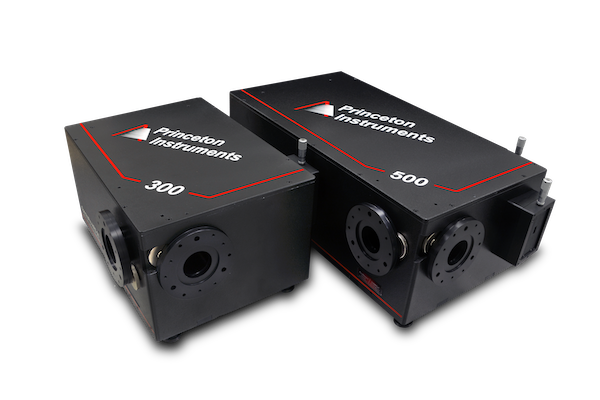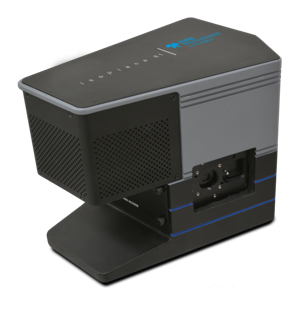Absorbance, Reflectance and Transmission
When a beam of light irradiates a sample, some of the light can be absorbed. When this occurs, the chemical sample is excited from a lower to a higher energy level. To calculate absorbance the ratio of incident light to light transmitted through the sample is measured, therefore usually a monochromatic laser is used. The size of the peaks in an absorbance spectrum are proportional to concentration, therefore absorbance can be used for quantitative analysis.
In comparison, reflectance and transmittance can be used to determine the chemical structure and properties of surface and surface-adsorbed species. Reflectance measures the amount of light that reflects from the surface of a sample. Transmittance is the amount of light transmitted by a sample and is mathematically related to absorbance.

Spectrometers for Absorbance Spectroscopy

SpectraPro HRS
The chemical structure of a sample can be characterized by its absorbance. The SpectraPro HRS provides accurate and reliable spectroscopy, ensuring consistently high spectral resolution. With an astigmatism-corrected design, the SpectraPro allows for repeatable quantitative chemical analysis.
The SpectraPro HRS is also equipped with spectral deconvolution (ResXtreme™) and a grating drive system (AccuDrive™) for increased spectral resolution, highly important for detecting low-light transmission light for chemical characteristics of the sample.
The SpectraPro increases signal to noise ratio up to 60% with up to a three times improvement in wavelength accuracy, in comparison to a typical Czerny-Turner spectrograph. Therefore, the SpectraPro can provide accurate and reliable spectra for all absorbance applications.
IsoPlane 81
Simple design and set-up allow for quick assembly of each experiment, with multiple accessories allowing for ultimate flexibility – ideal for switching between absorbance, reflectance and transmission spectroscopy with the same sample.
With modular design, the portable IsoPlane 81 is able to cover multiple spectral ranges dependent on the area of interest. This allows for multiple absorbance experiments with one system. With high sensitivity and low noise, the IsoPlane 81 will ensure capture of almost all information present in the system.
The IsoPlane 81 is only limited by the light diffraction limit providing multi-channel spectroscopy capability, allowing concentration and chemical characterization information to be obtained from each sample.

